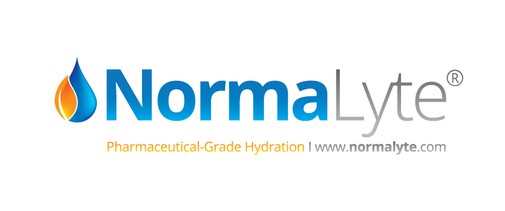Pure Autonomic Failure (PAF) is a peripheral degenerative disorder of the autonomic nervous system (ANS).1 PAF was formerly known as Bradbury-Eggleston Syndrome, after the two researchers who first described it in 1925. PAF is also referred to as idiopathic orthostatic hypotension by some physicians.4,6 PAF is one of three diseases classified as a primary autonomic disorder, the other two being Multiple System Atrophy and Parkinson's Disease.
Symptoms
PAF usually affects more men than women, in middle to later life. However, it is occasionally seen in younger patients.1,2,6 PAF is characterized by neurogenic orthostatic hypotension (low blood pressure upon standing), a low resting supine plasma noradrenaline concentration that does not increase significantly upon standing,2,3,4 a decreased ability to sweat, persistent neck pain that is often relieved when lying down, raised blood pressure while laying down, changes in urinary habits, and poor tolerance of high altitude. In men with PAF, impotence often occurs.1-6
What Causes PAF?
Researchers are not certain of the underlying pathology of PAF yet, but at least in some cases, a loss of nerve cells in the spinal cord has been documented.1,2
Treatment
Treatment often focuses on counteracting the effects of orthostatic hypotension, and supine hypertension, which can be difficult.5,6 Patients are often advised to increase fluid and salt intake, wear compression stockings, sleep with the head of their bed at an upright angle, and to use pharmacological options as directed by their physician.1,2,3
Prognosis
The prognosis is good for PAF compared to other similar disorders, such as Multiple System Atrophy, with a slower progression and more lifestyle and pharmacological treatment options.1,2,3,4 Most PAF patients survive 20 years or more after diagnosis, many into their 80's. 1. The cause of death is often recurrent infection or a pulmonary embolism. PAF patients have a reduced risk of heart attacks and stroke.3
Sources
1. National Institutes of Health Autonomic Disorders Consortium
2. Vanderbilt University Autonomic Dysfunction Center
3. Progression and prognosis in pure autonomic failure (PAF): comparison with multiple system atrophy. Mabuchi N et al., J Neurol Neurosurg Psychiatry. 2005 Jul;76(7):947-52.
4. Consensus committee of the American Autonomic Society and the American Academy of Neurology on the definition of orthostatic hypotension, pure autonomic failure, and multiple system atrophy. Neurology 1996;46:1470.
5. Renal impairment of pure autonomic failure. Garland EM etal., Hypertension. 2009 Nov;54(5):1057-61. Epub Sep 8, 2009.
6. Orthostatic hypotension and supine hypertension in primary autonomic failure. Pathophysiology, diagnosis and treatment. Tykocki T et al., Kardiol Pol. 2010 Sep;68(9):1057-63.
| | |




